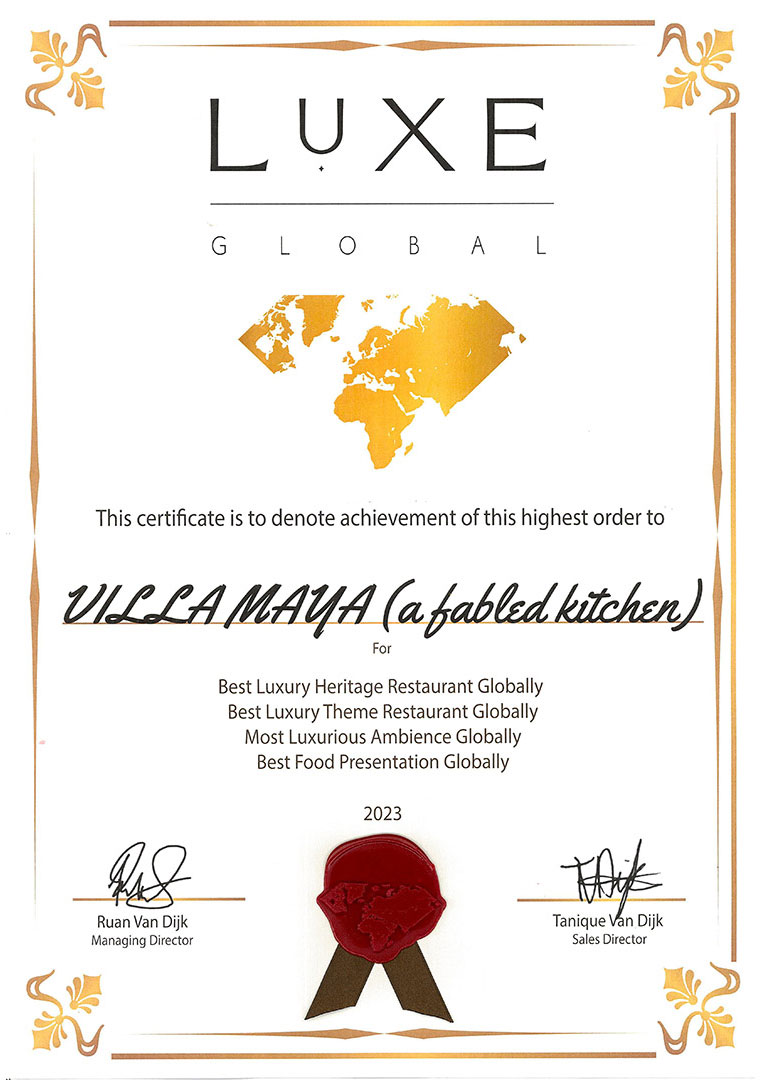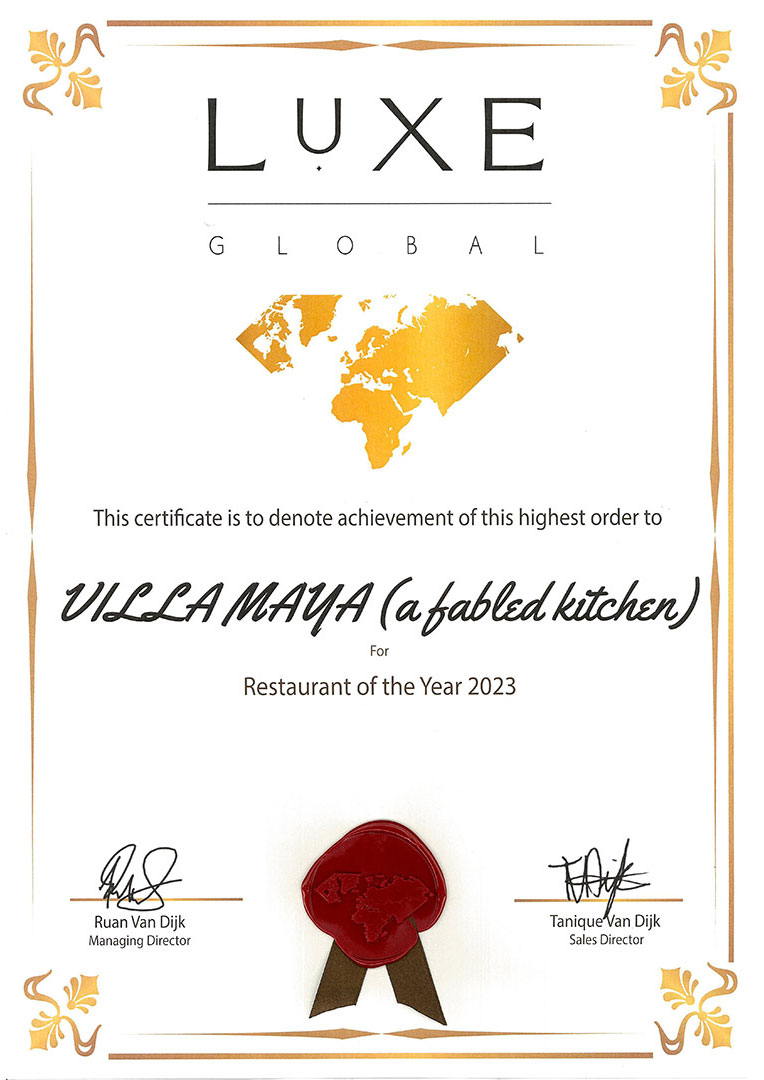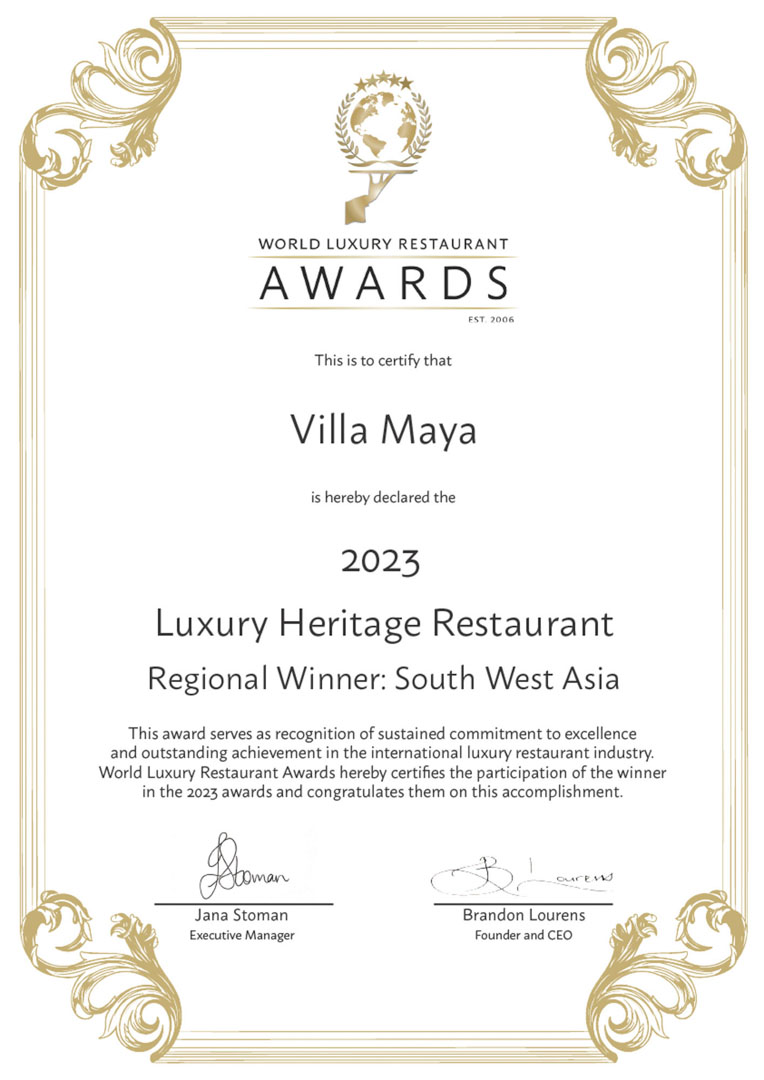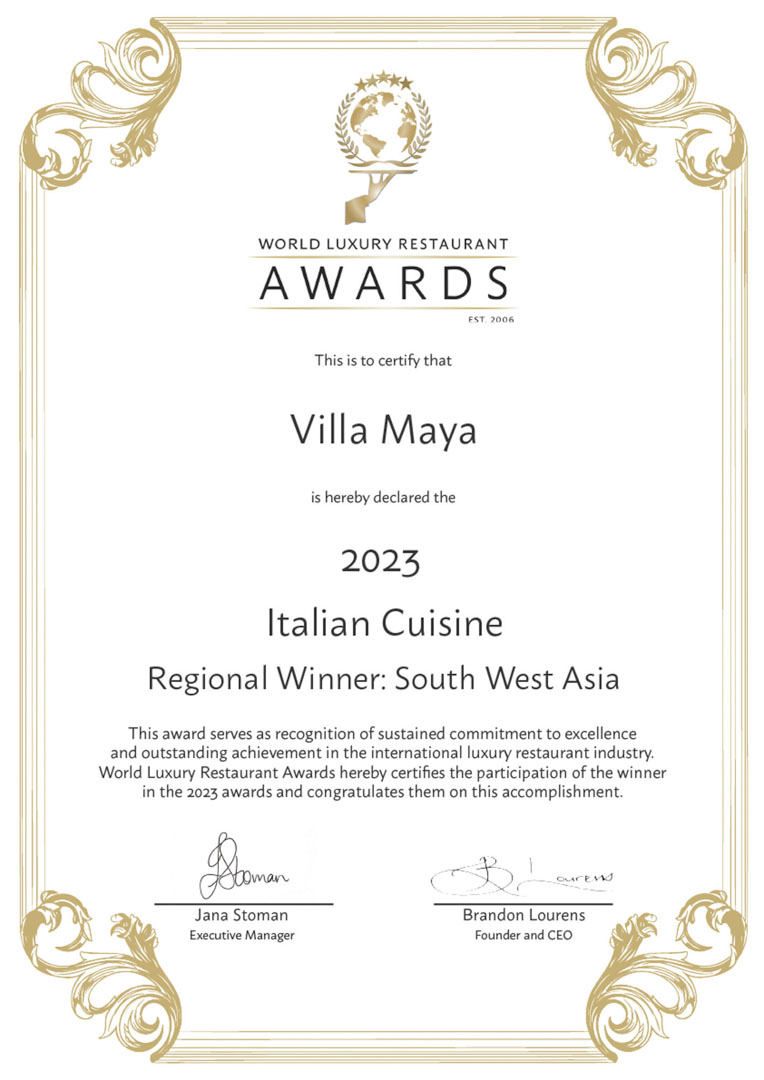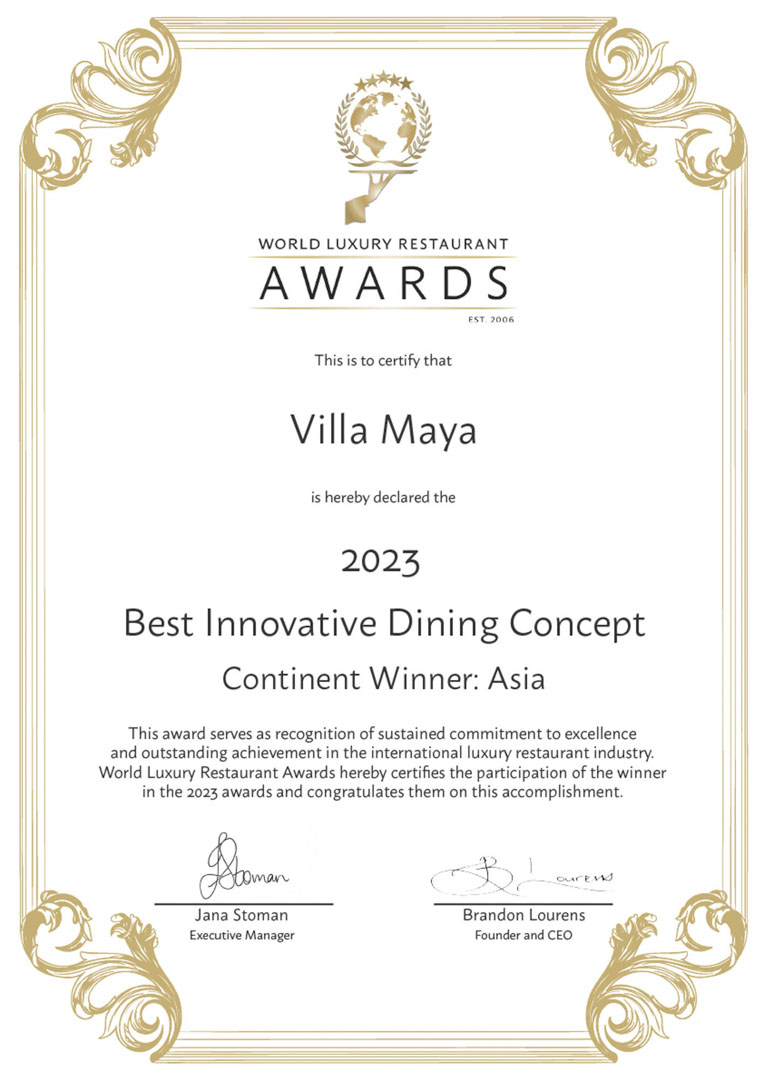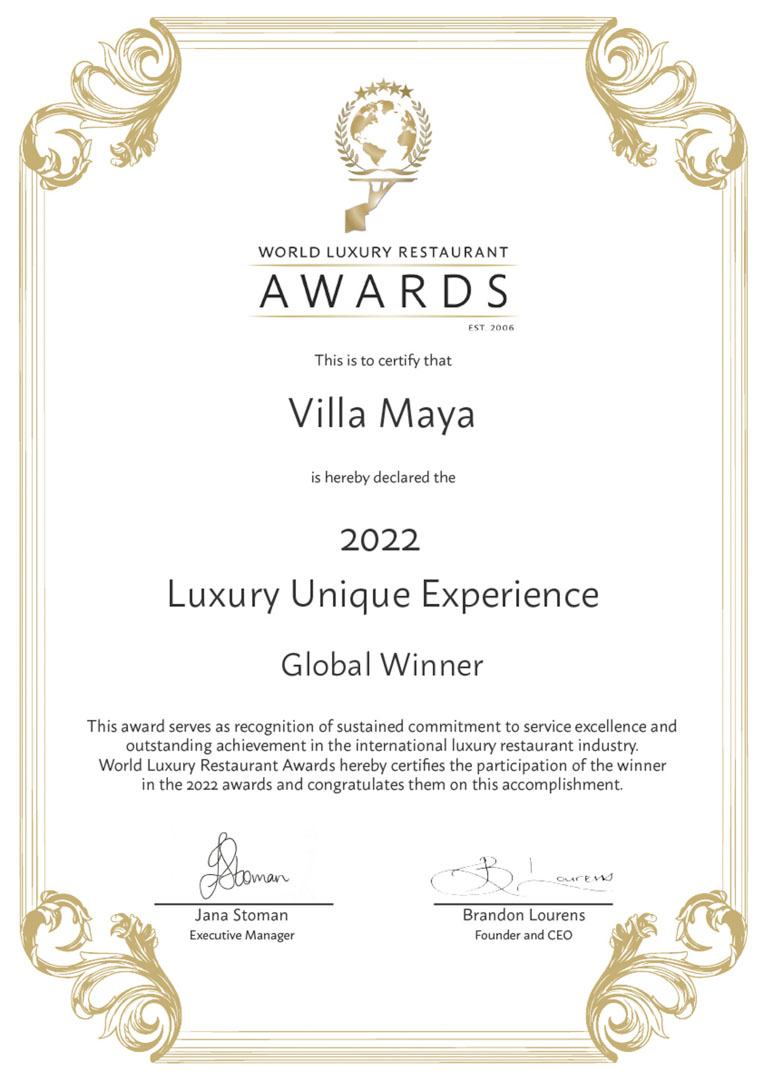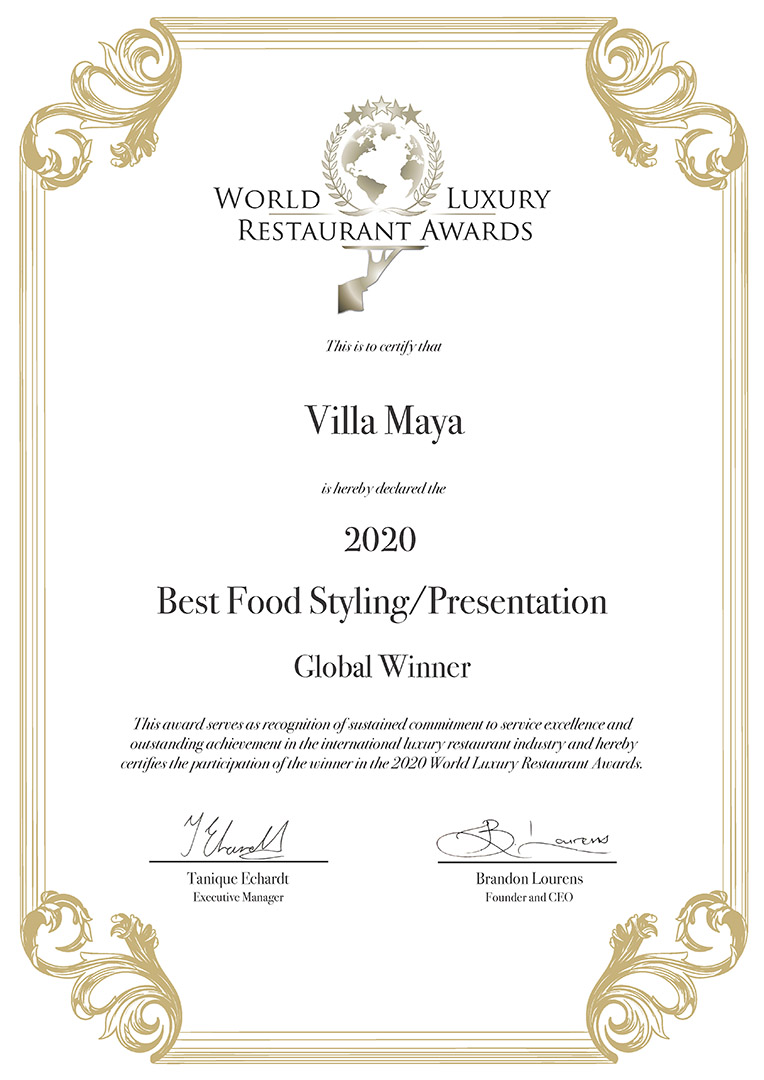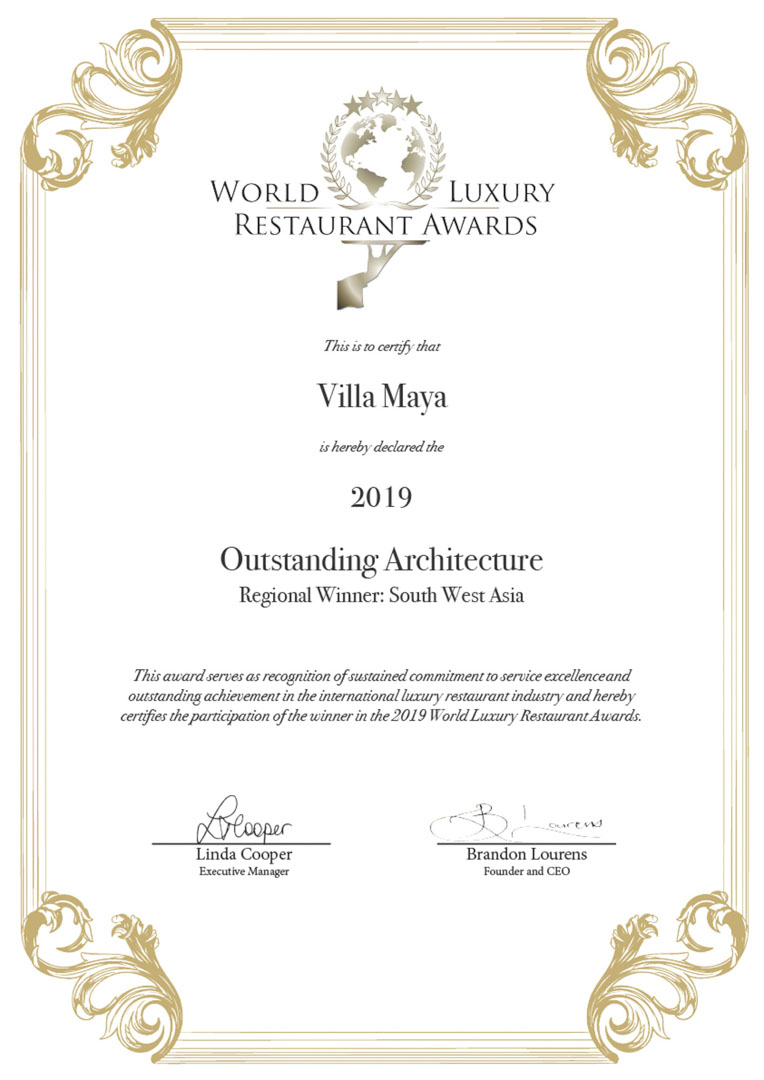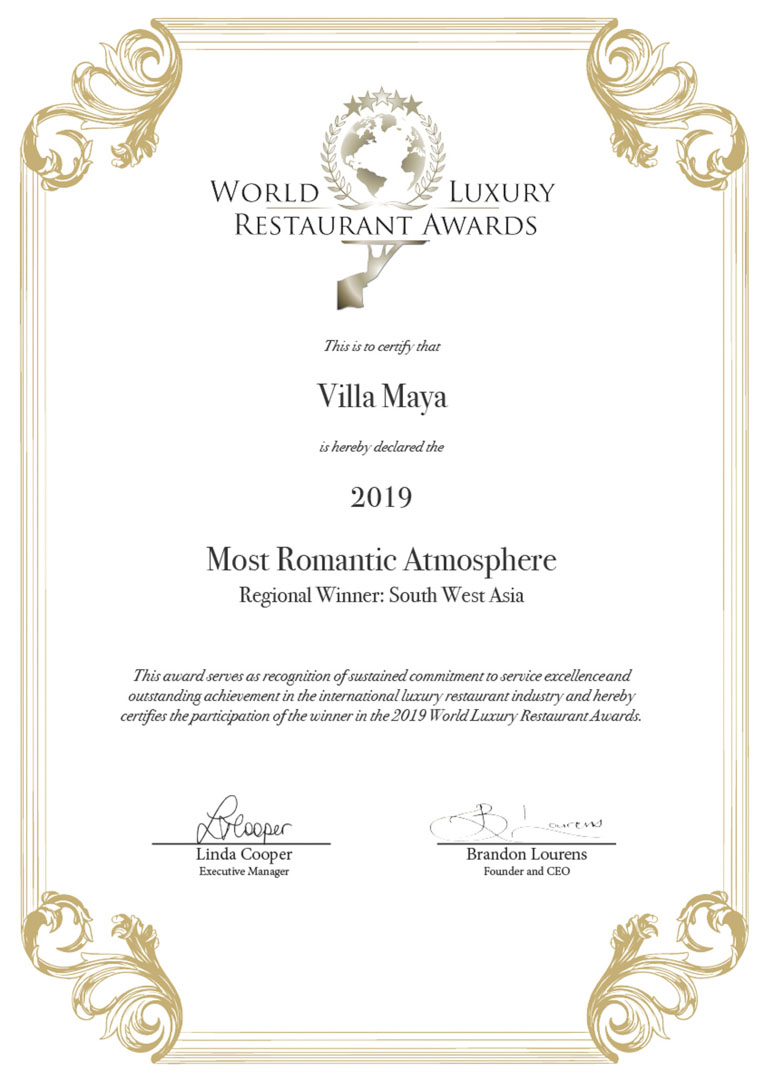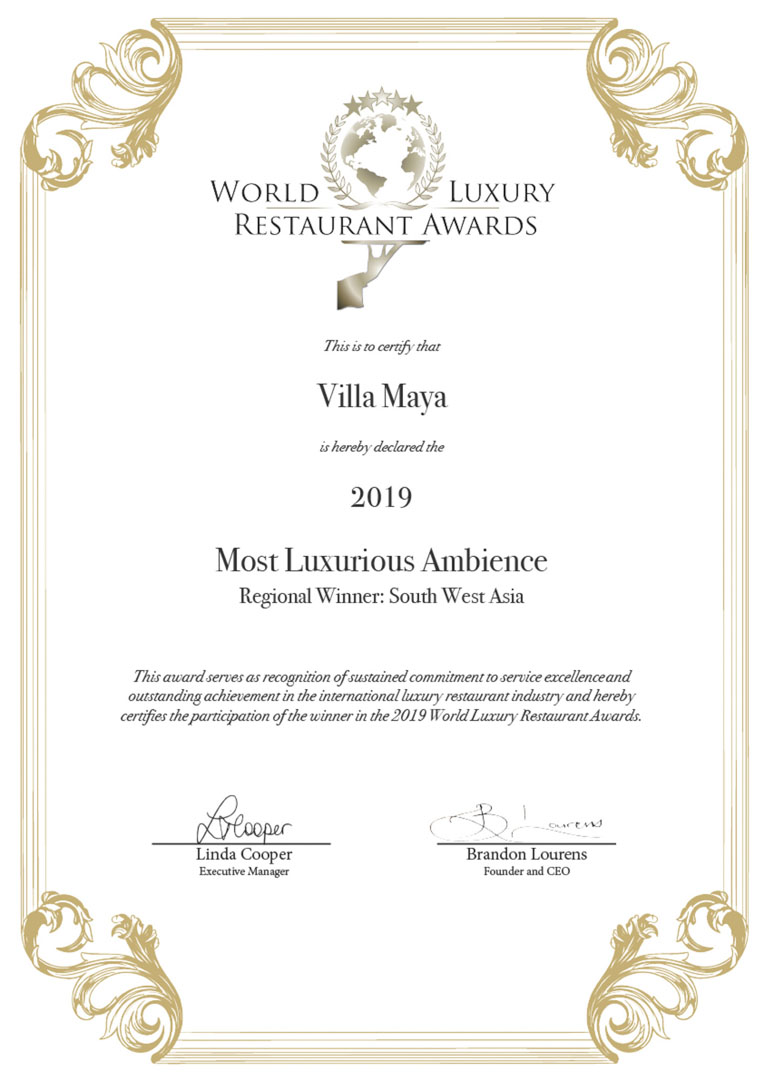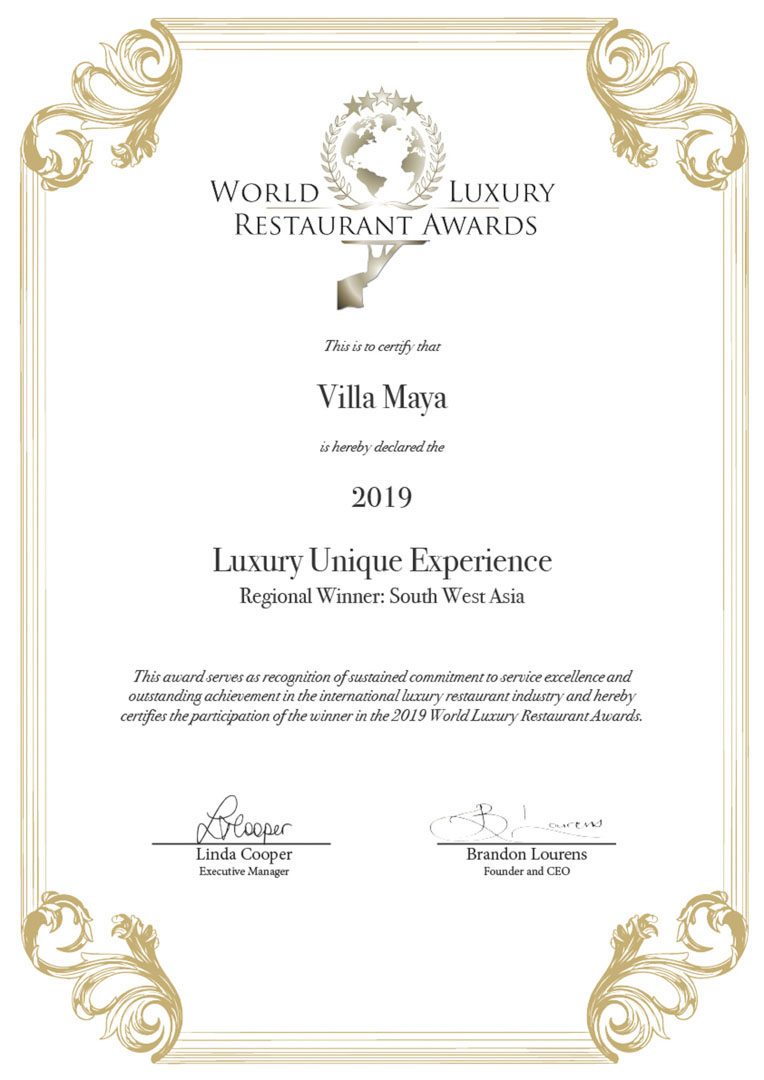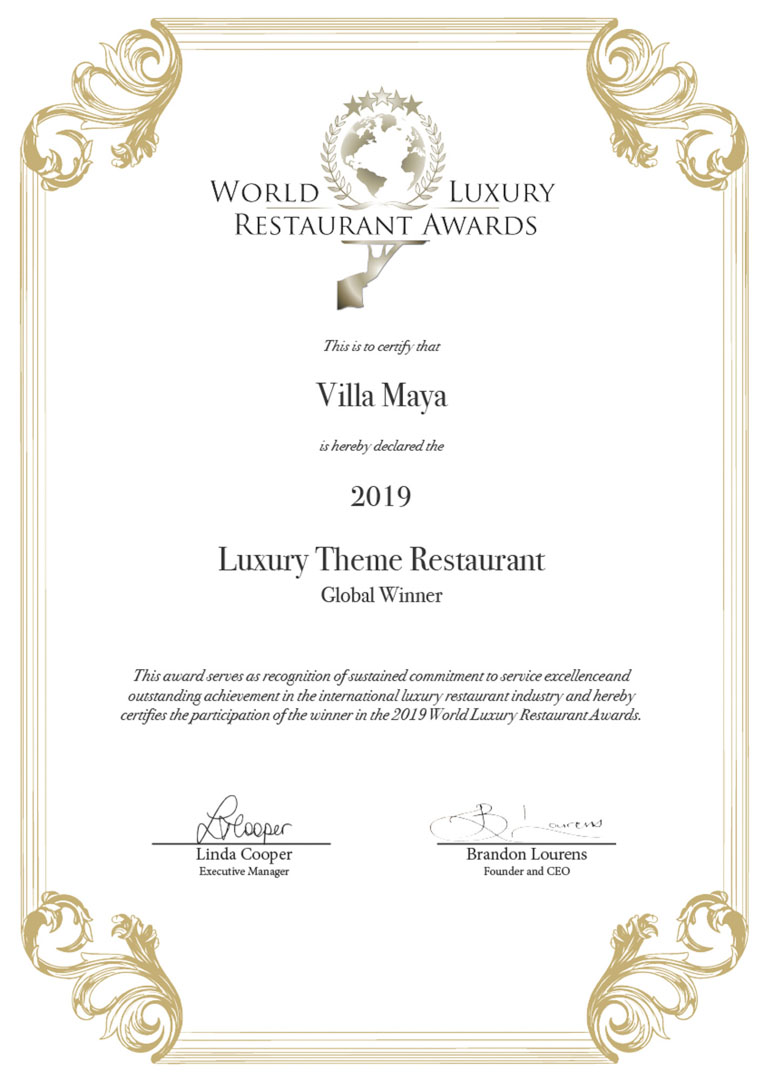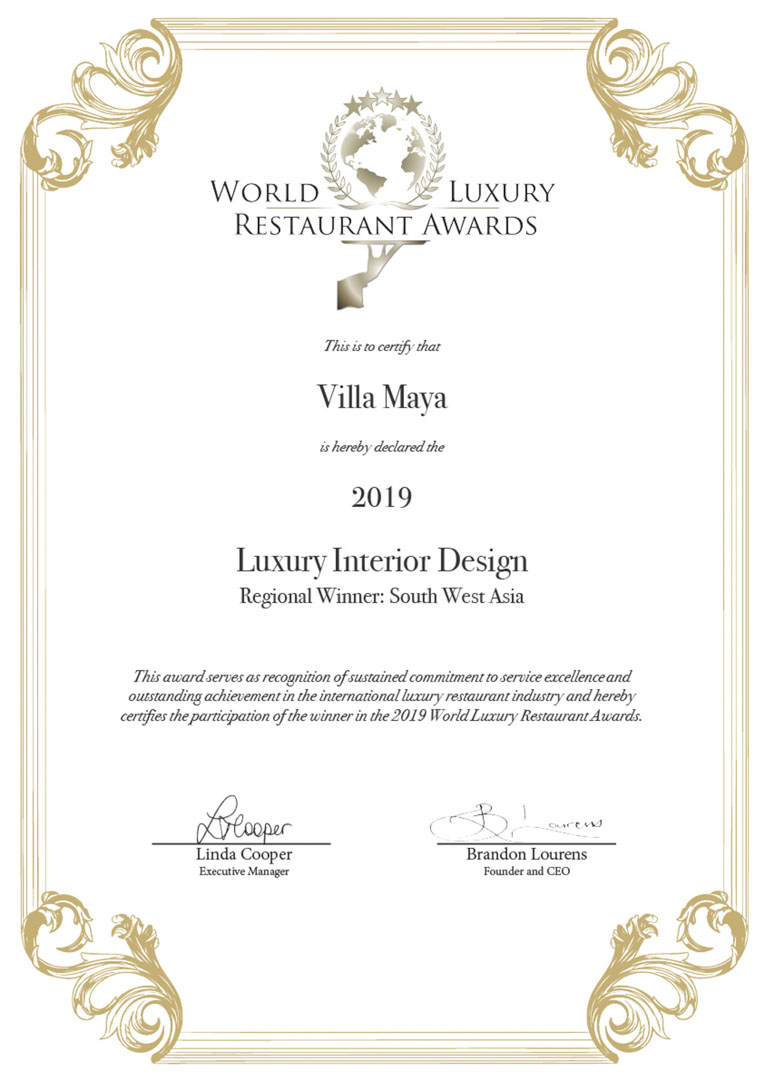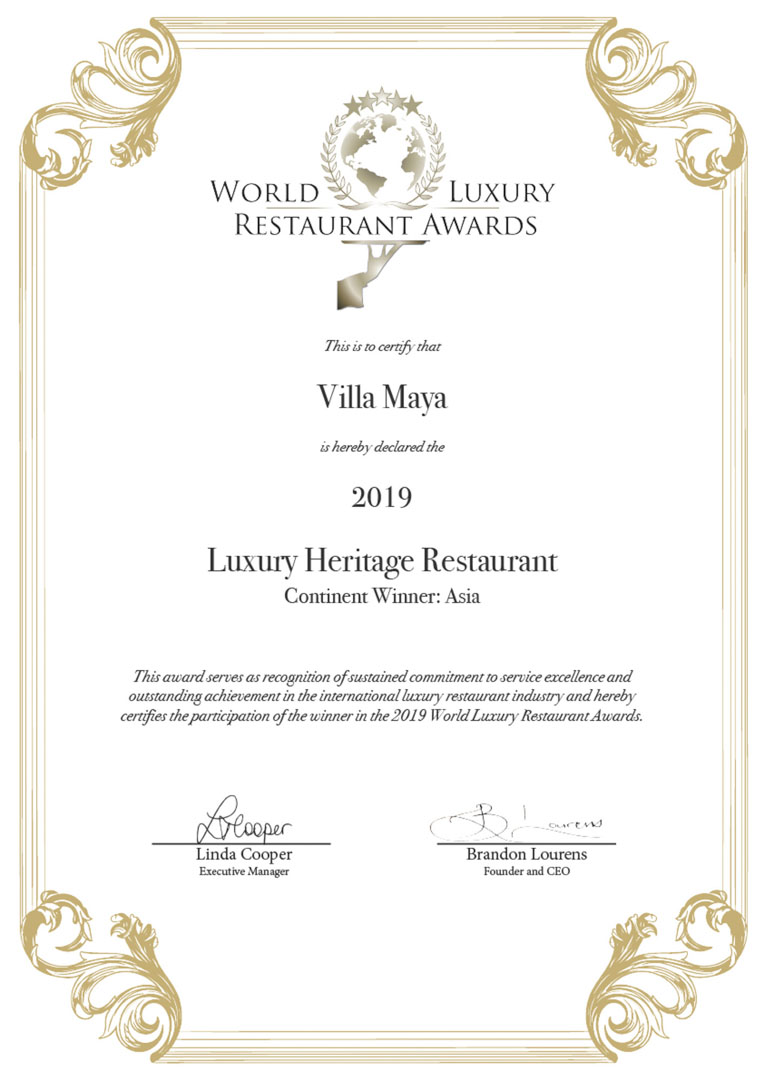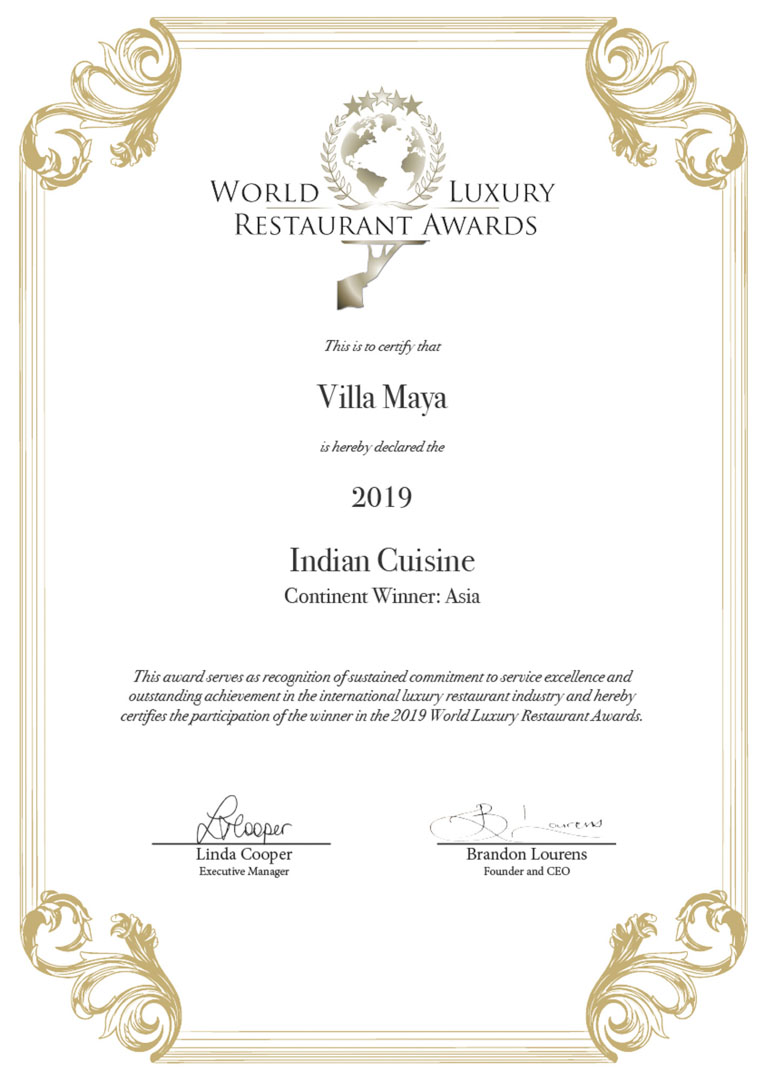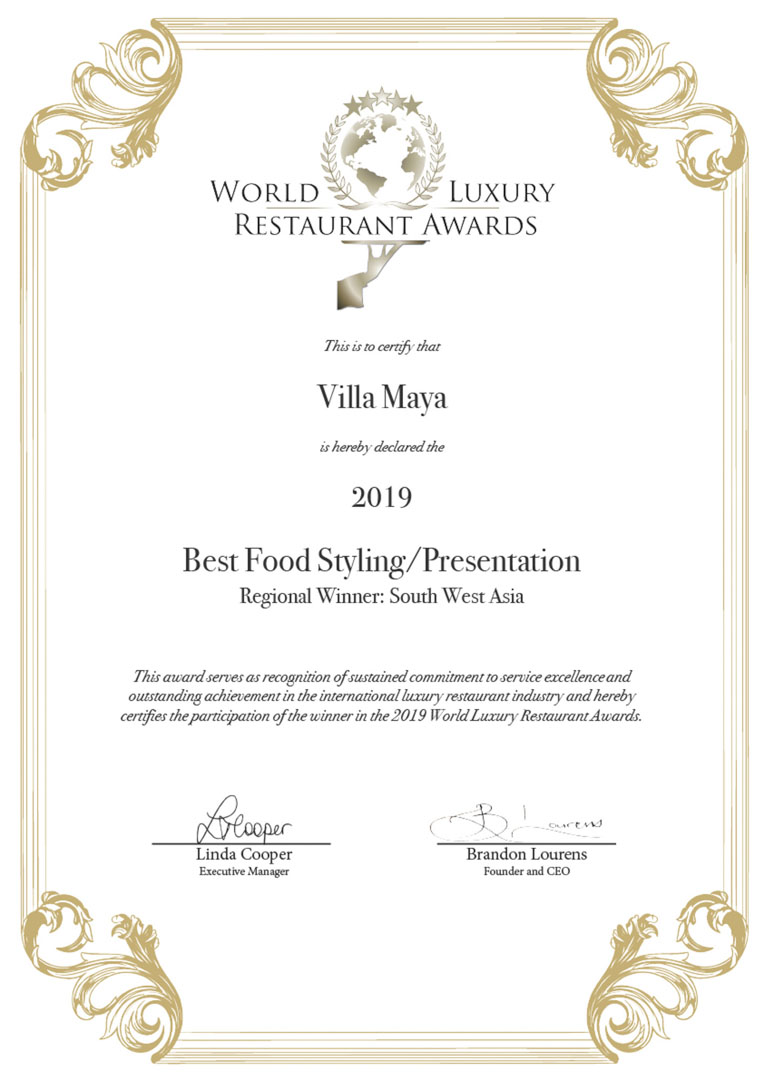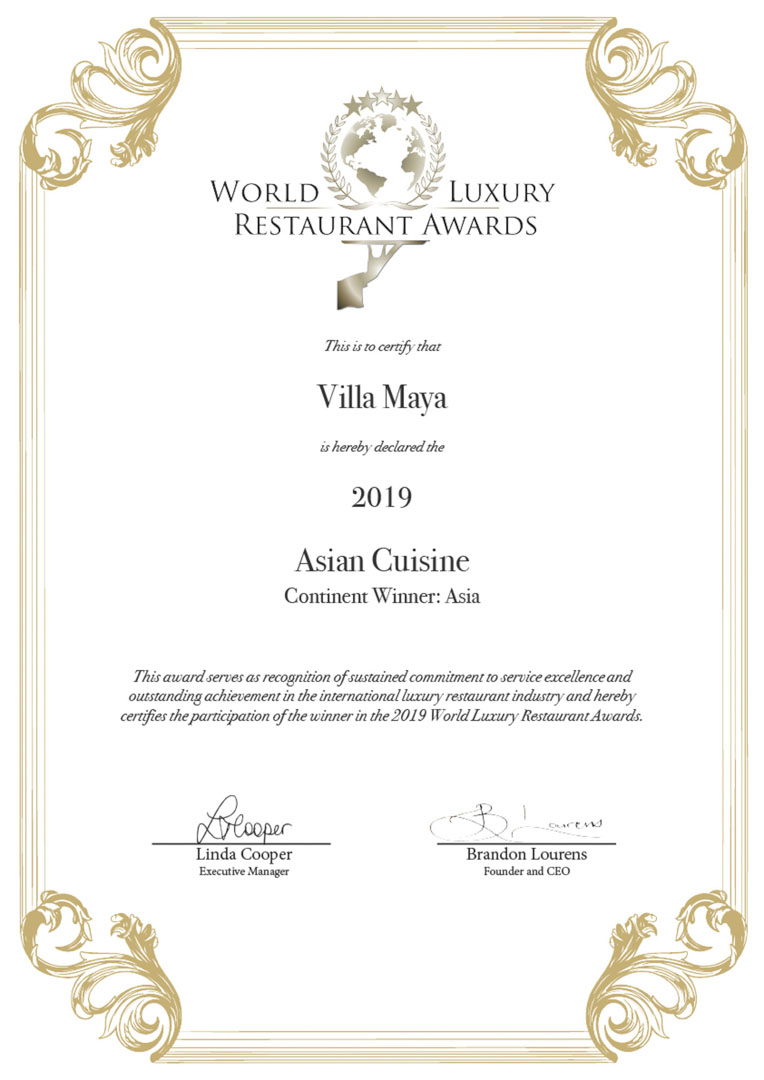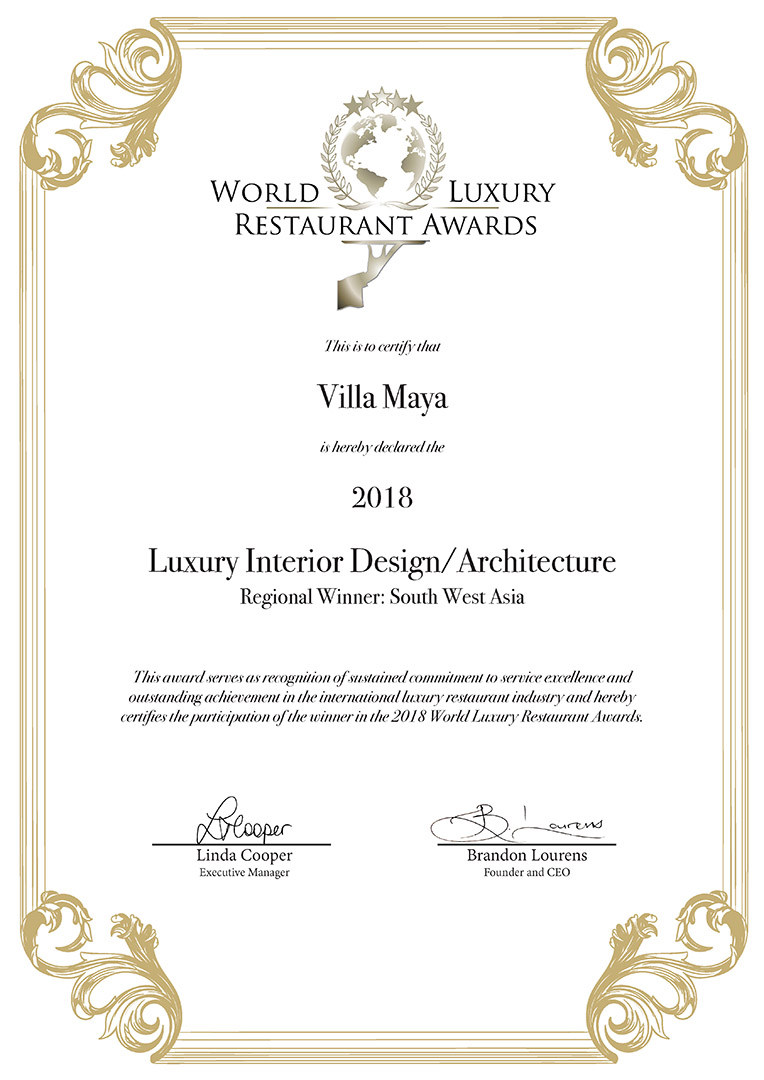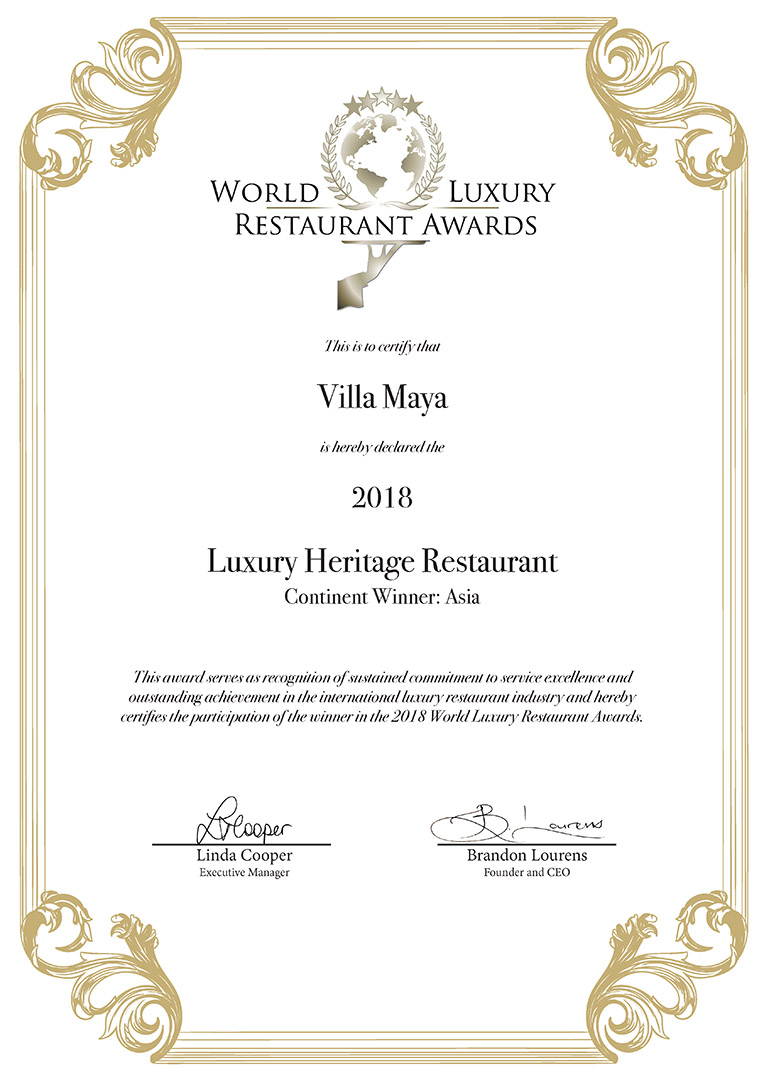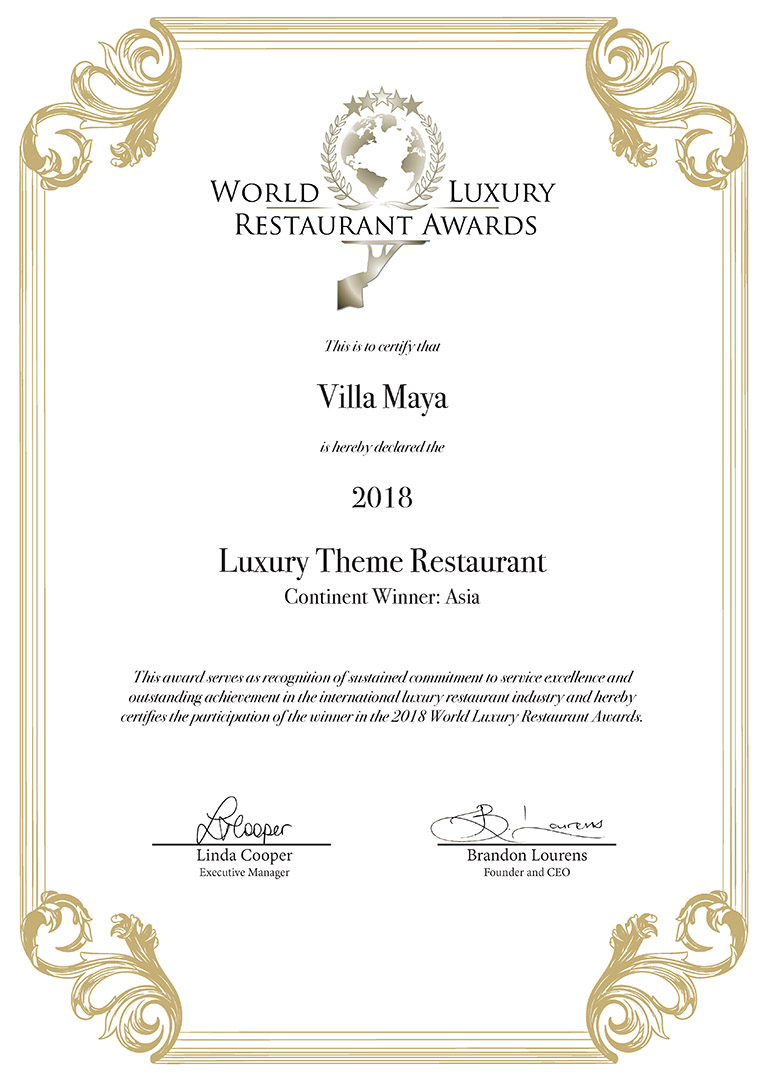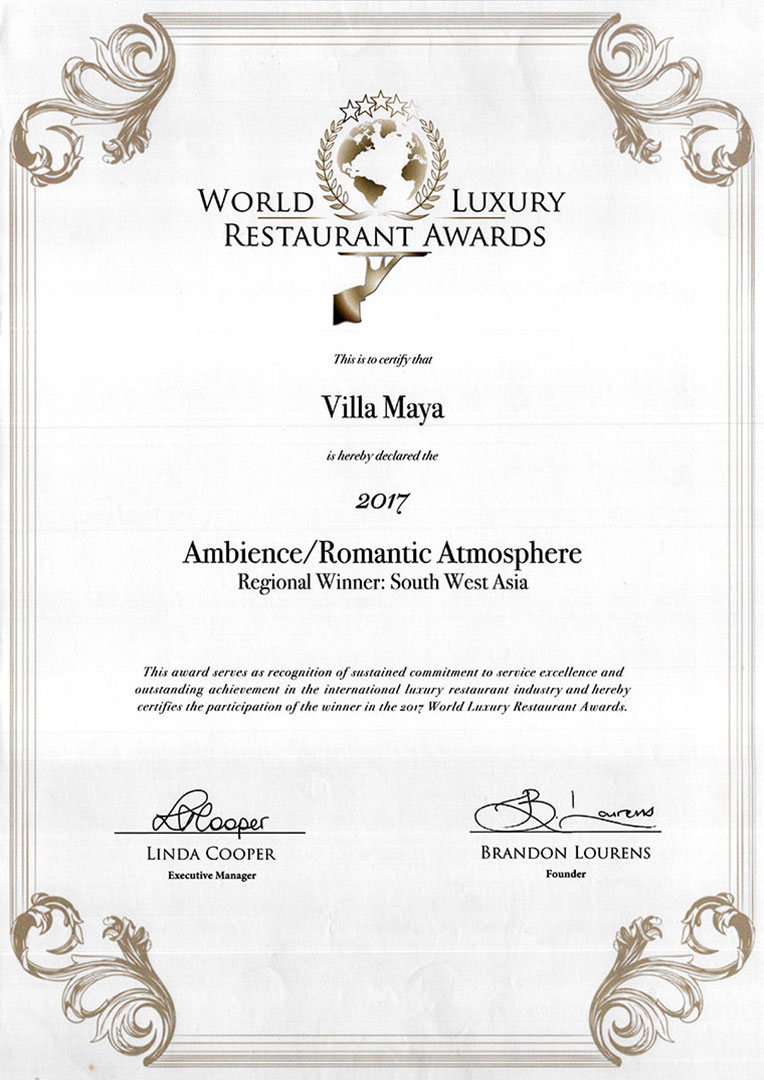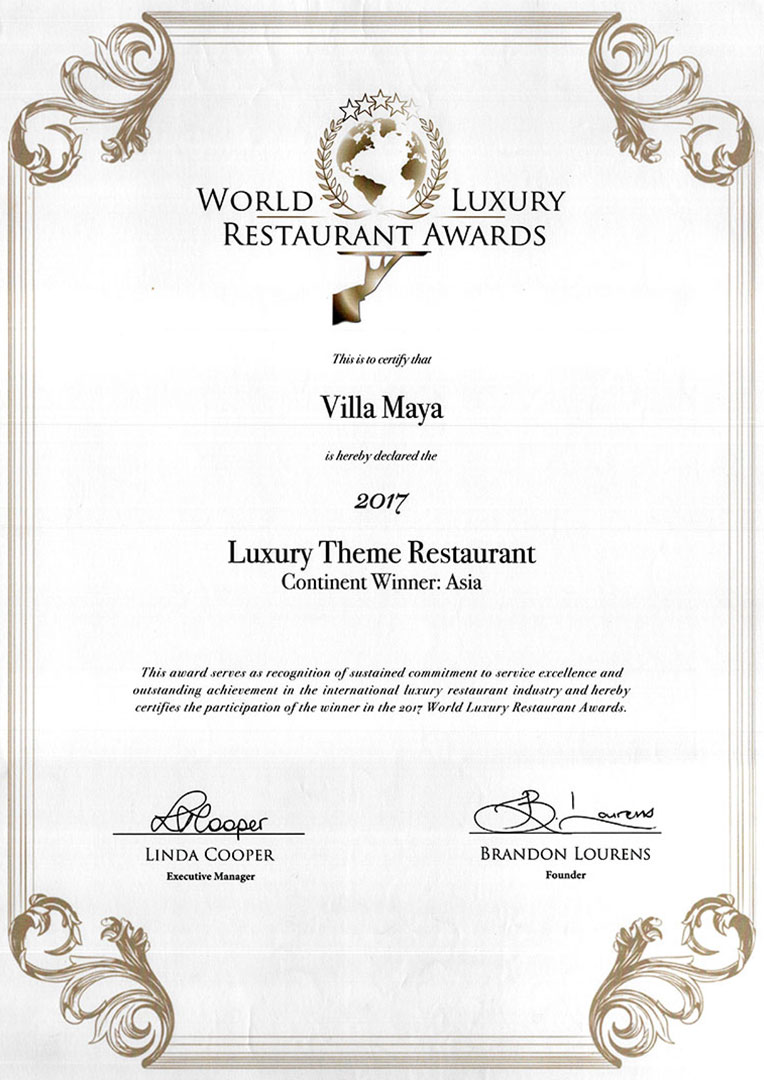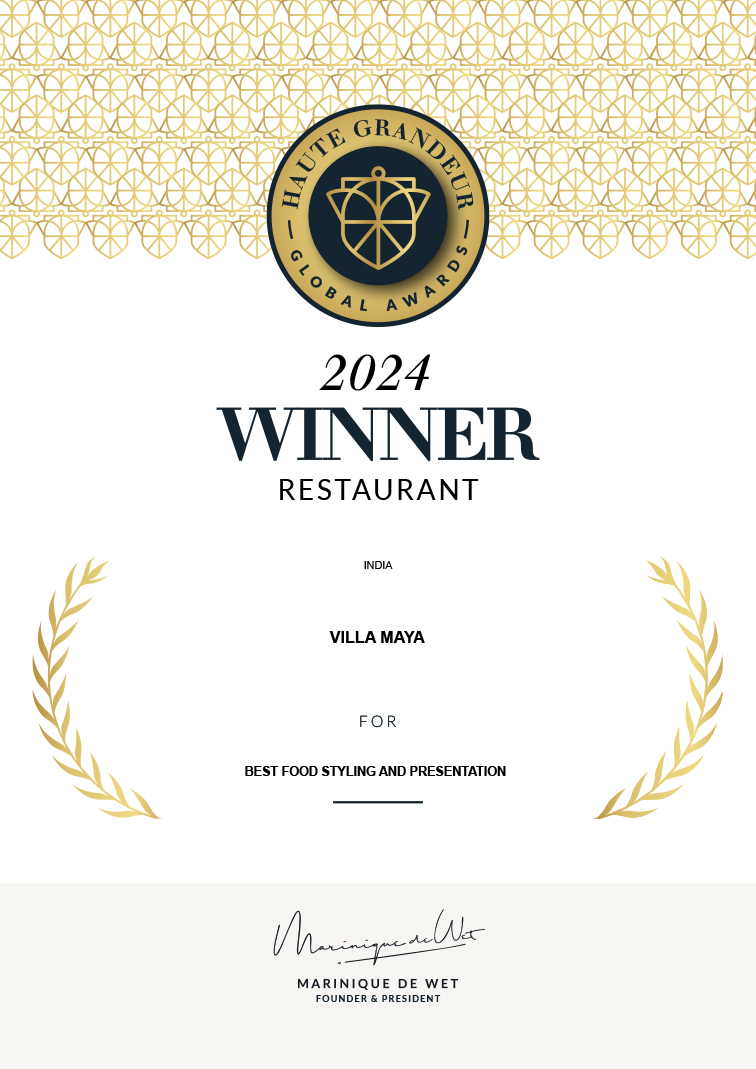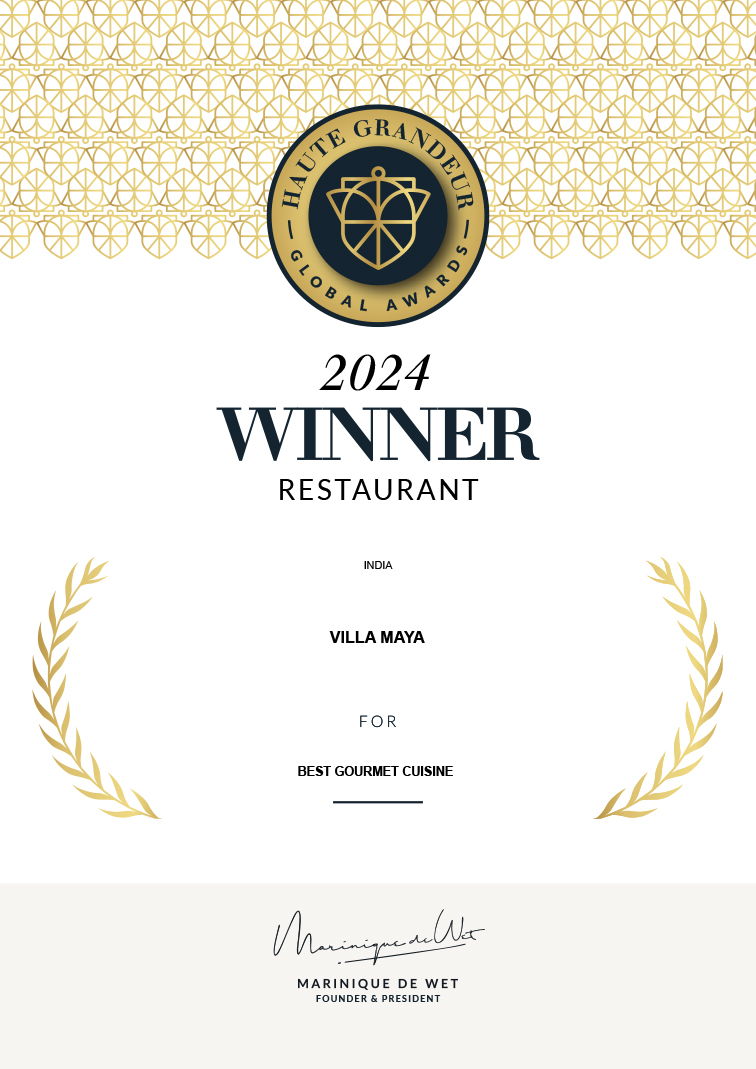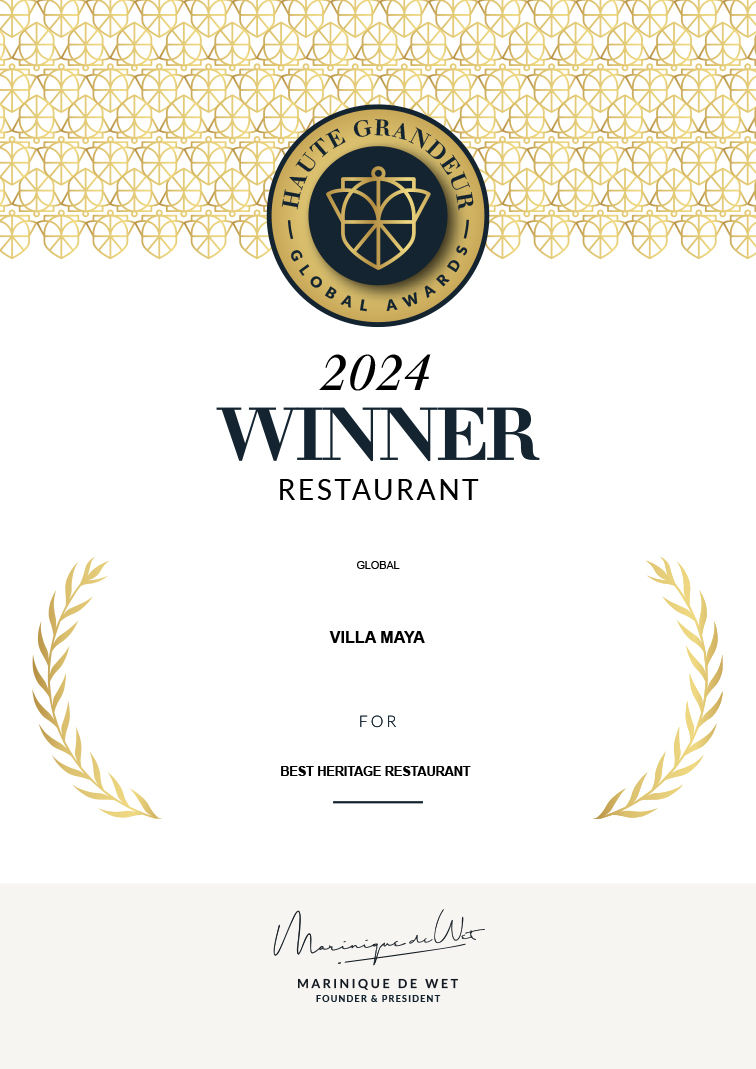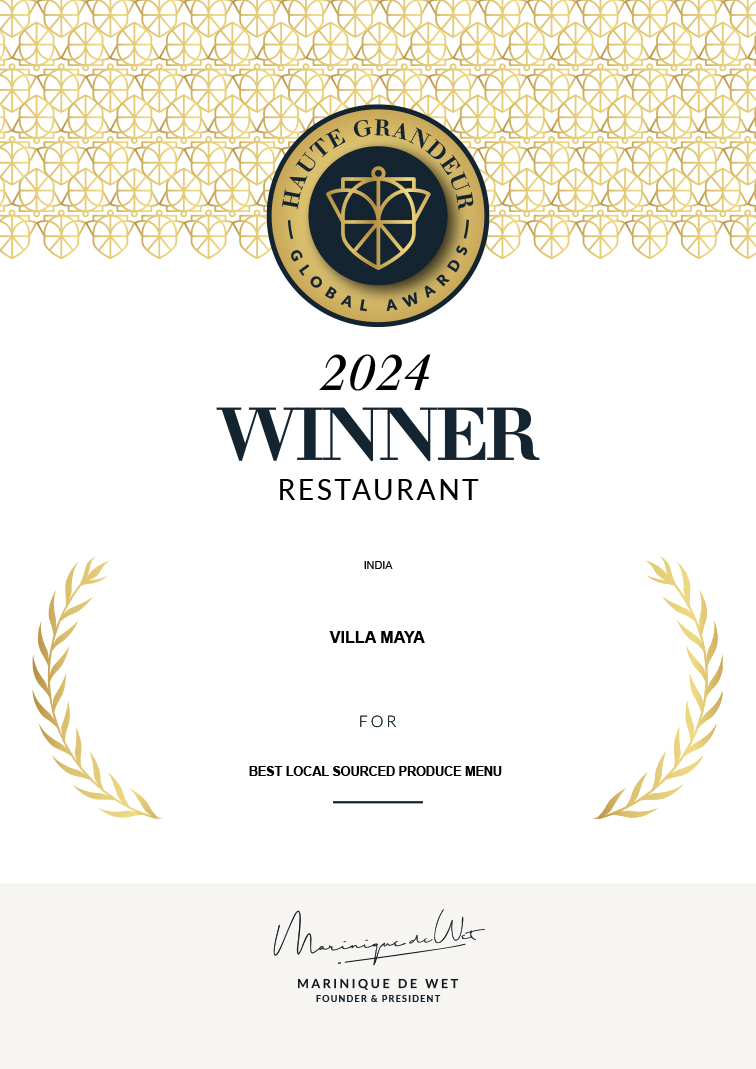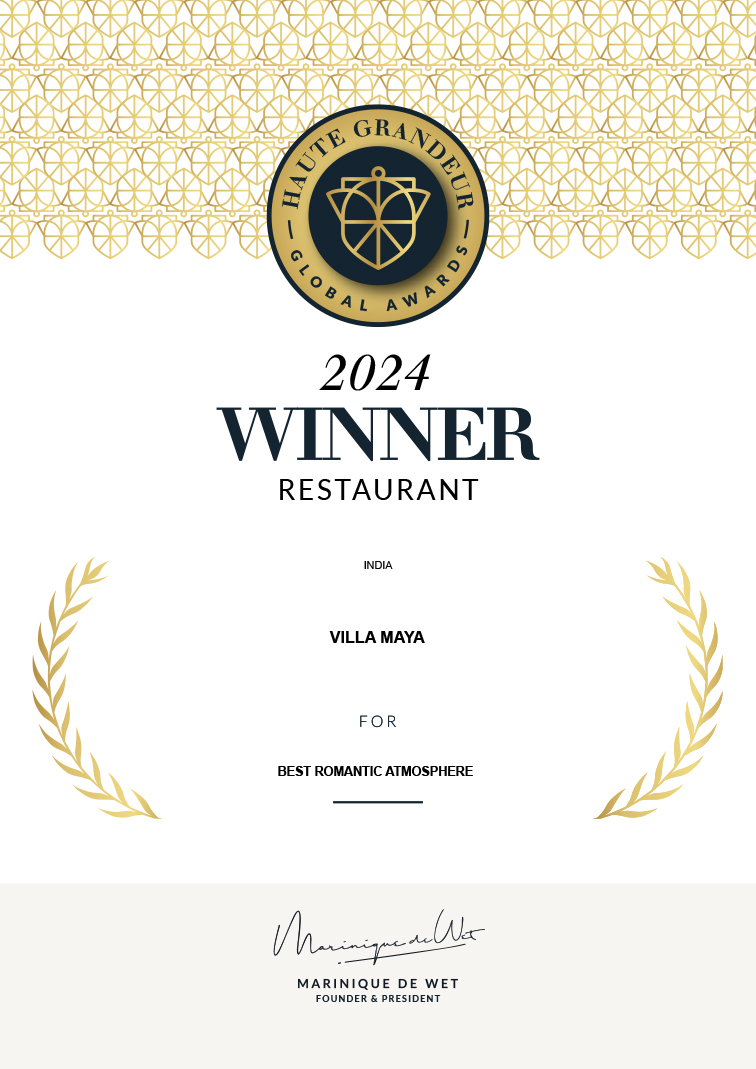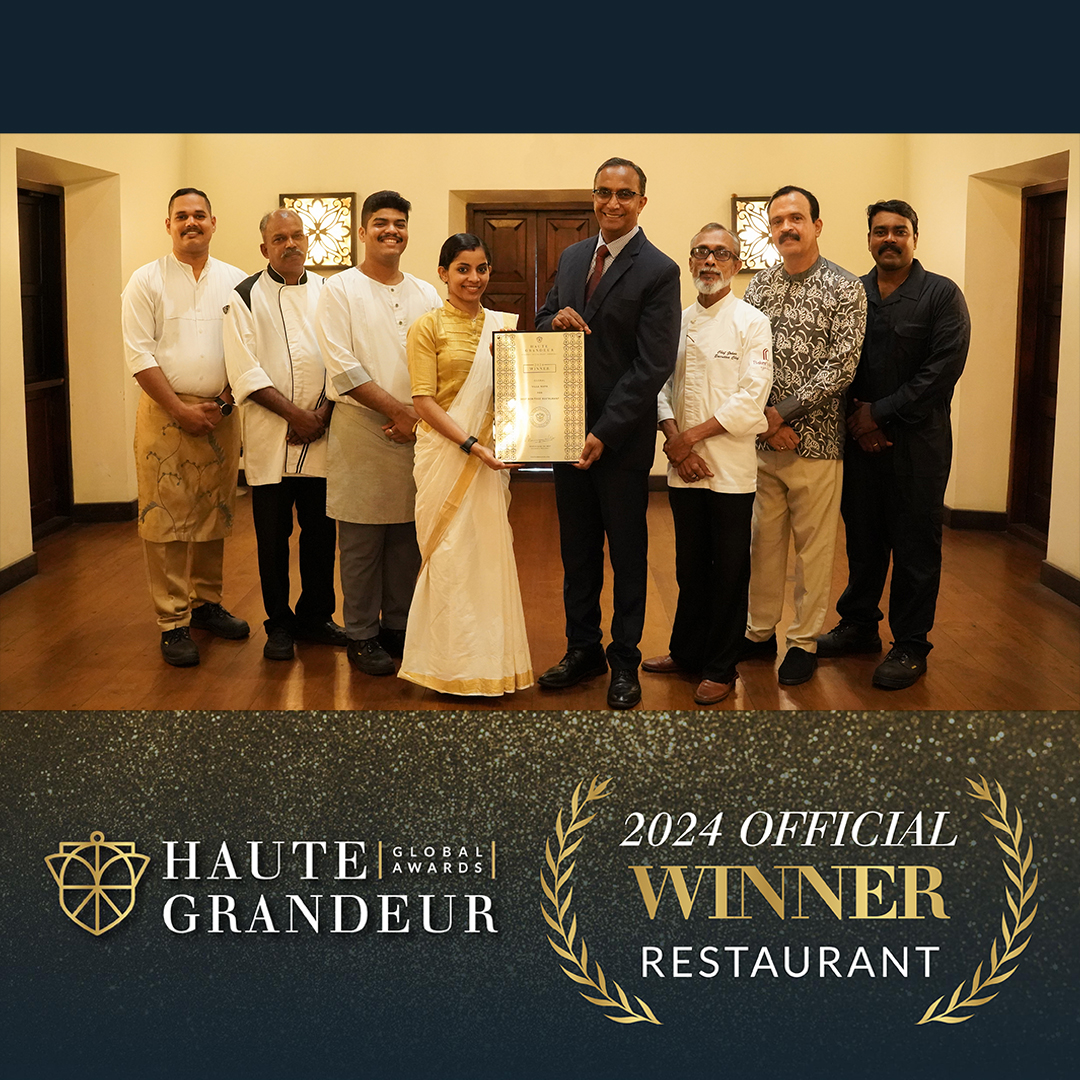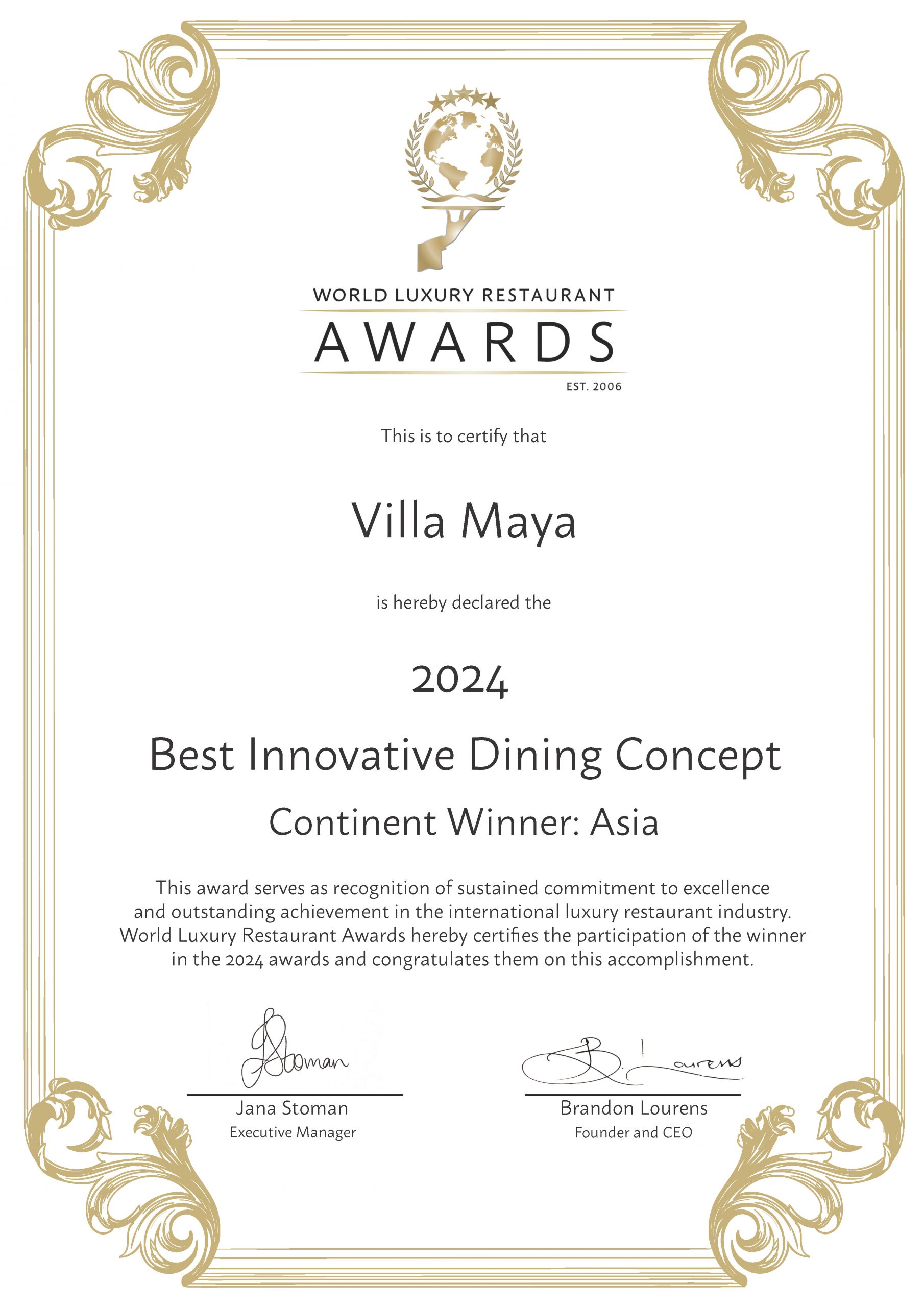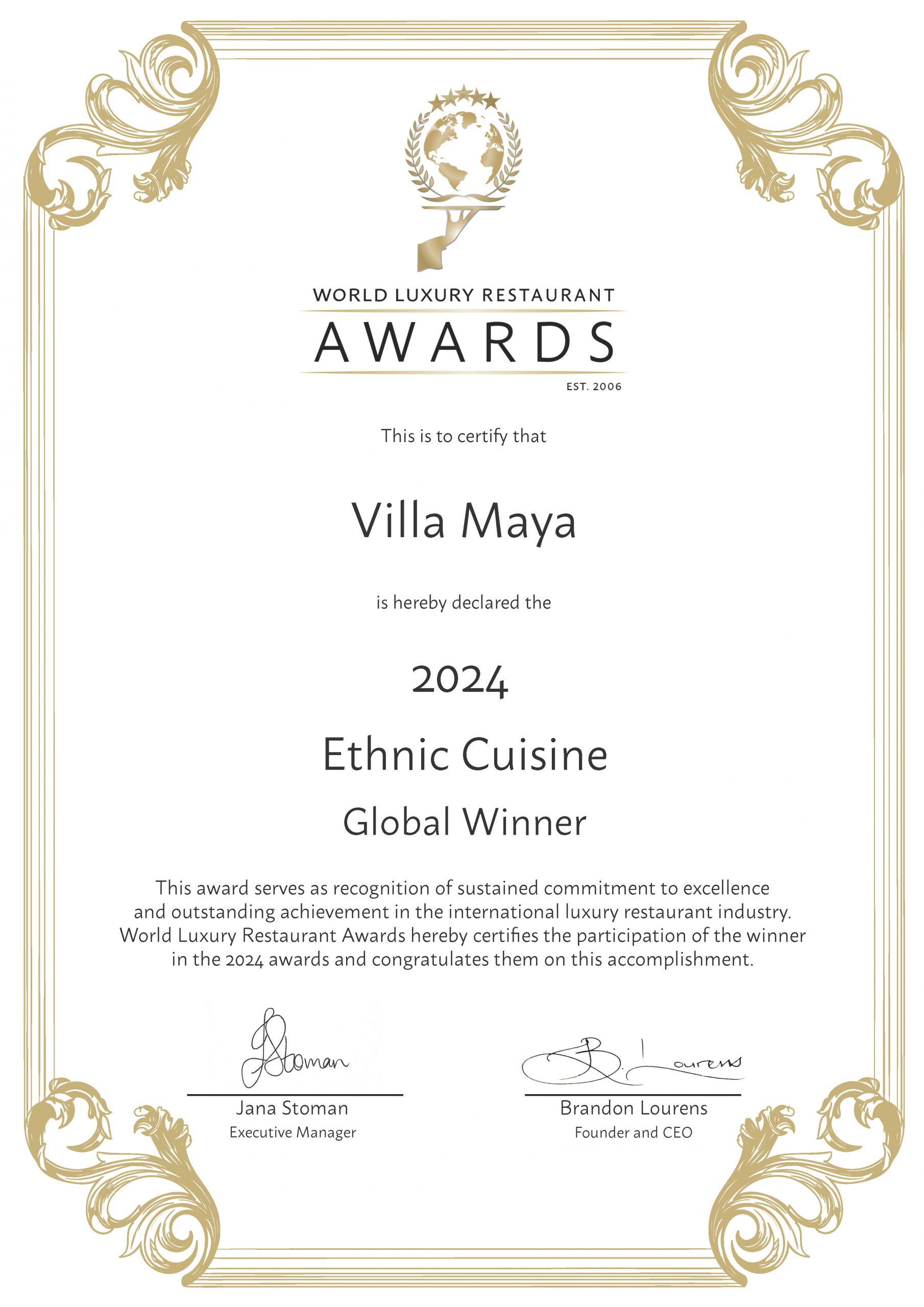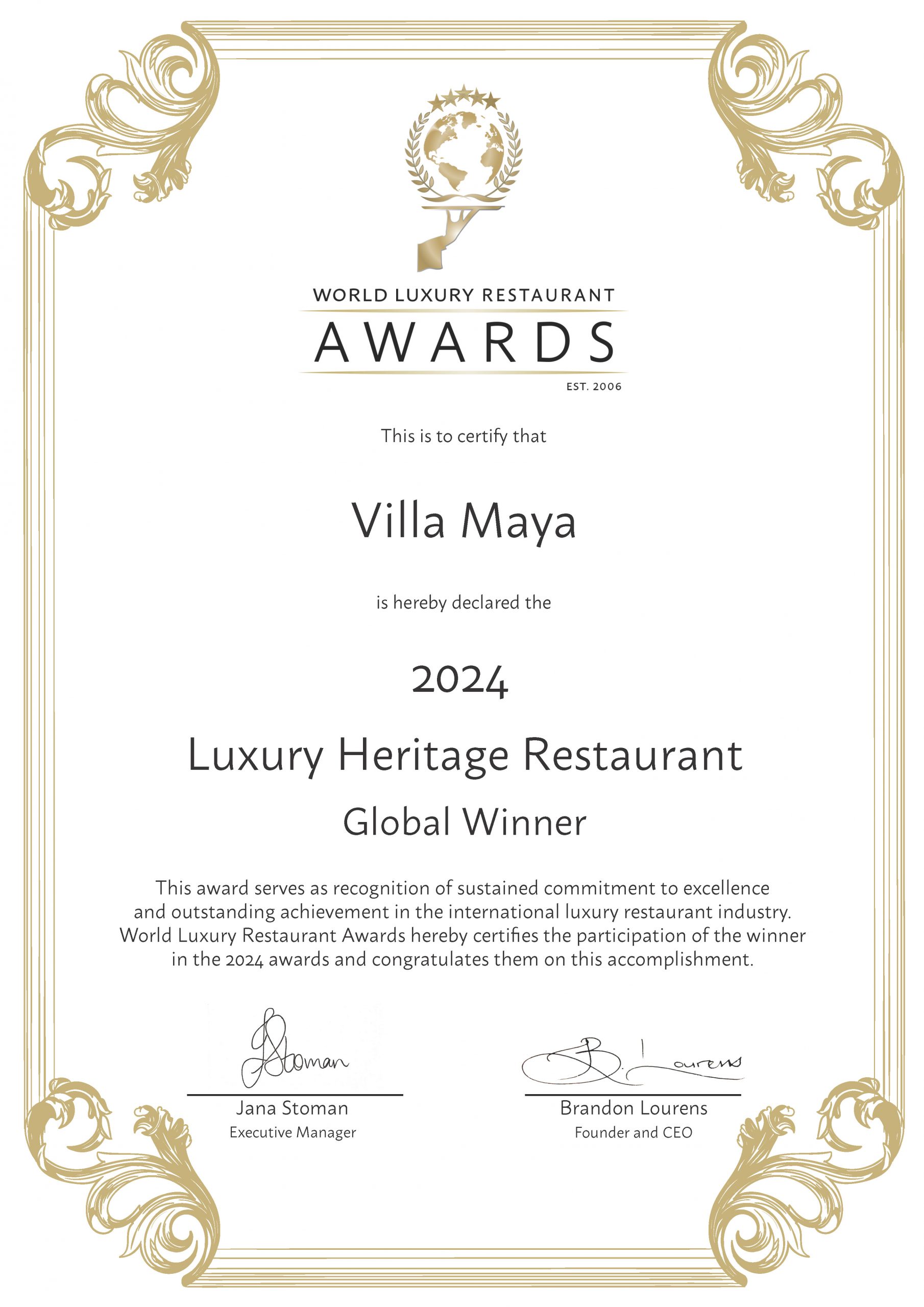Villa Maya where the past has a lasting influence on the present.
It is a contemporary gourmet restaurant tracing its selective offerings of unique cuisine through Kerala’s culture and the spice trade. Resonating with the rich heritage of Kerala, delving deep into the history of the region, Villa Maya has come up with authentic flavours, aromas and textures that represent its special relationship with the cultures connected by the spice trade.
Every visit is like a long immersive gaze into the rich heritage that emerges from the deep roots of Kerala’s traditions and the history of Travancore.
The Story
The Experience
The Cuisine
maya
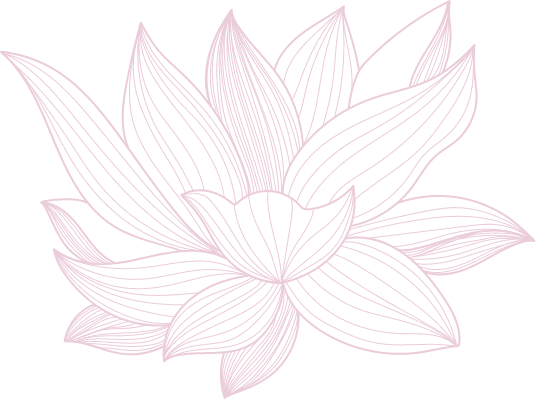
Maya is the curious and immortal equilibrium of natural forces
Maya does not attempt to explain our world
Maya is our world!
Authentic Fusion Cuisine
Our fusion cuisine artfully combines the rich heritage of Kerala with influences from Greece, Morocco, and Italy. Creating a gastronomic adventure that harmoniously intertwines the diverse ingredients and cooking techniques of these regions the result is a dining experience par excellence. Not just paying homage to Kerala’s cultural roots and its historic spice trade connections, it also offers a tantalizing exploration of a global culinary tapestry. Each dish at Villa Maya is a delightful fusion of authentic flavours, enticing aromas, and exquisite textures. When these stories are presented with artistry and grace, your dining experience becomes truly unforgettable.
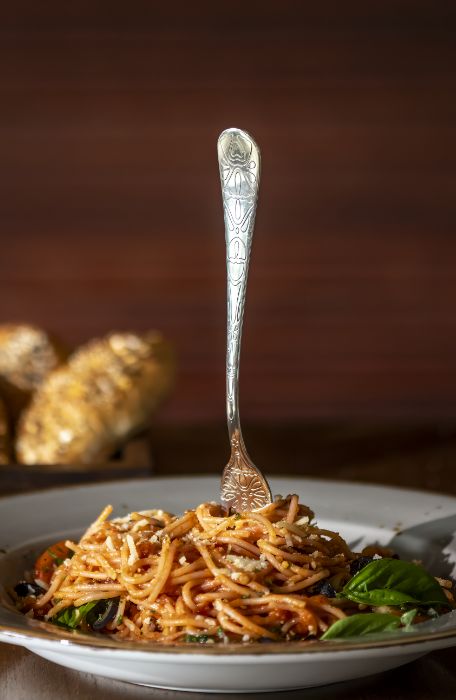
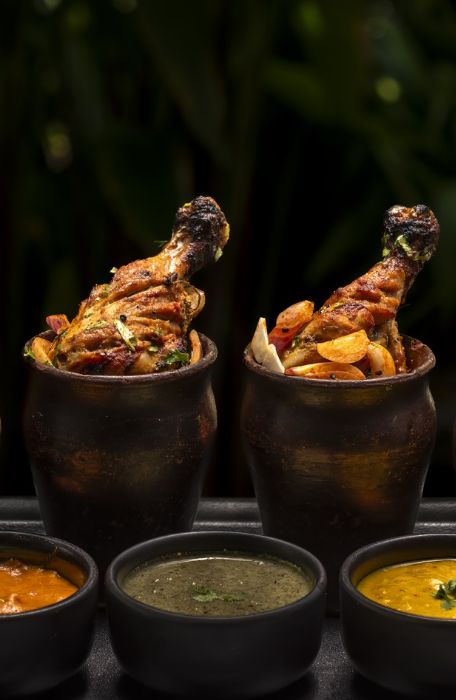
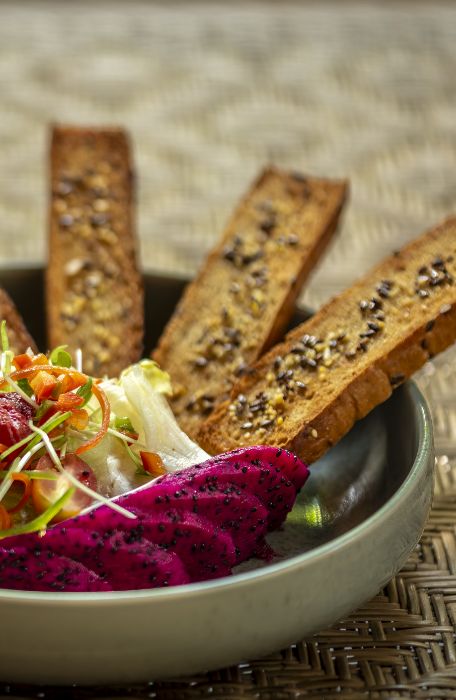
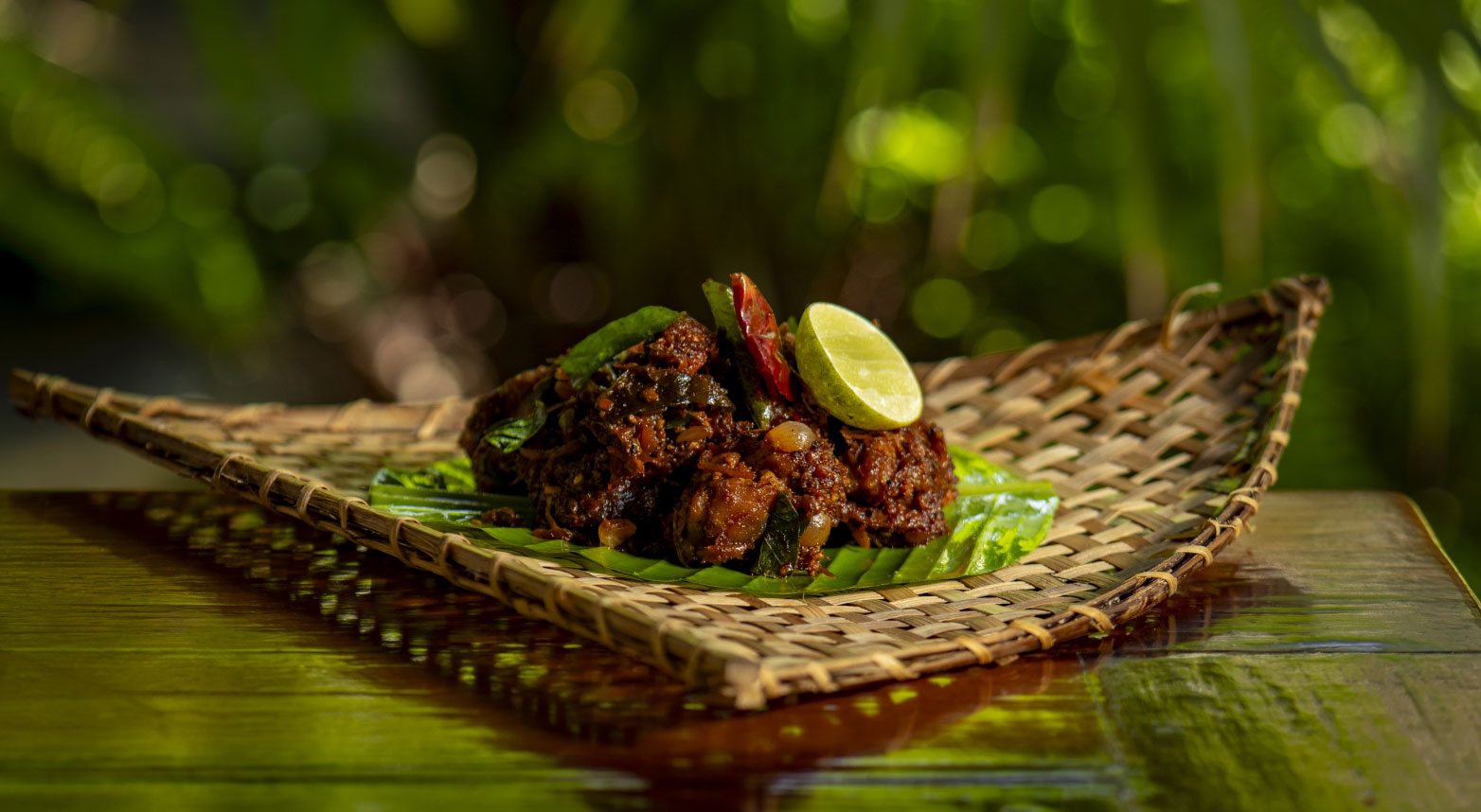
A culinary journey without parallel
Experience utmost sophistication and unmatched refinement
against the backdrop of a sprawling Villa of historical significance.
We are delighted to offer alternative and bespoke banqueting spaces
to accommodate your specific needs for exclusive occasions,
even the entire Villa if so desired.
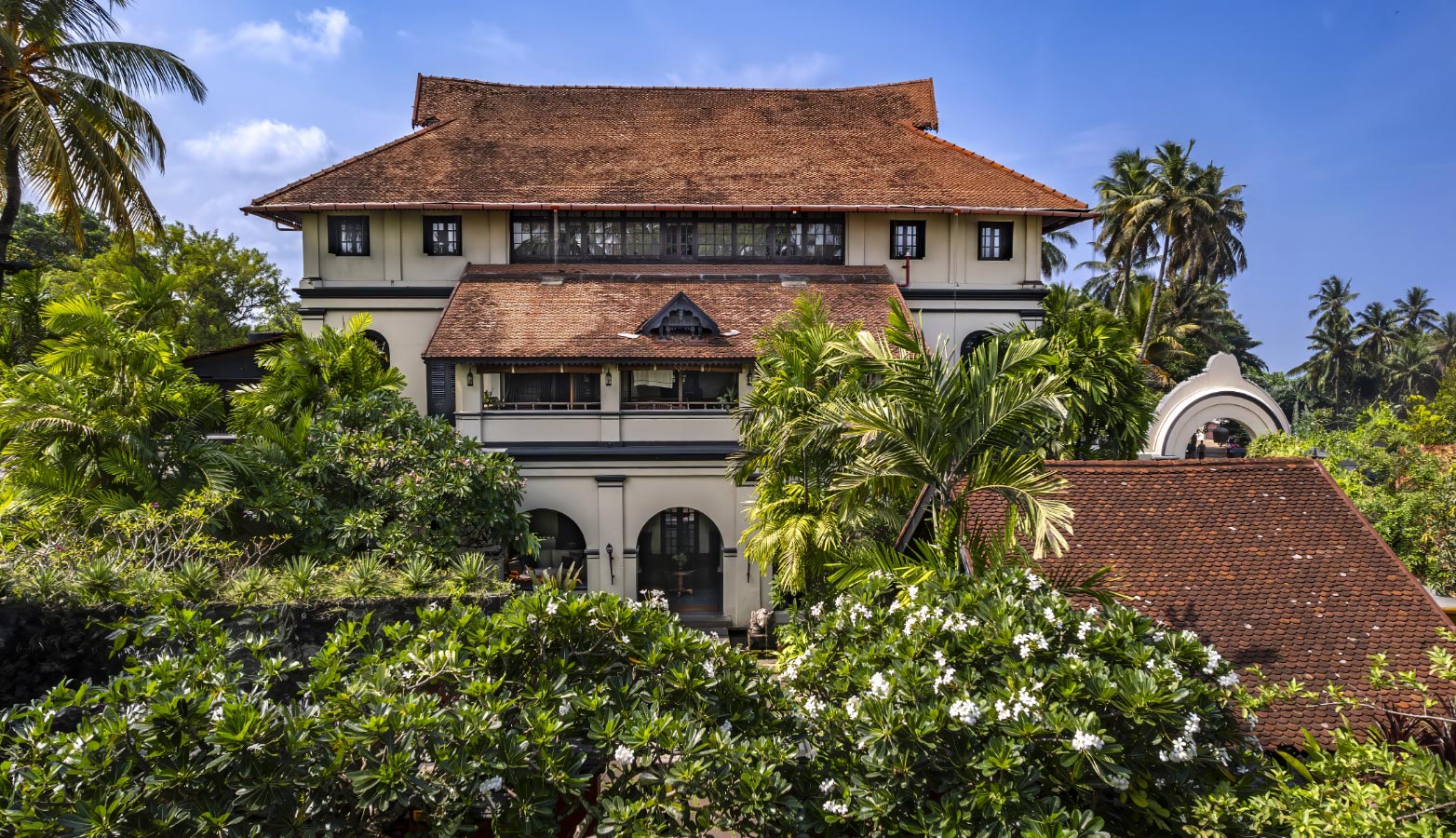
Celebrating Excellence,
Our Awards and Recognitions
Renowned for its culinary excellence and impeccable service, our establishment has received accolades from discerning critics and organizations worldwide.
